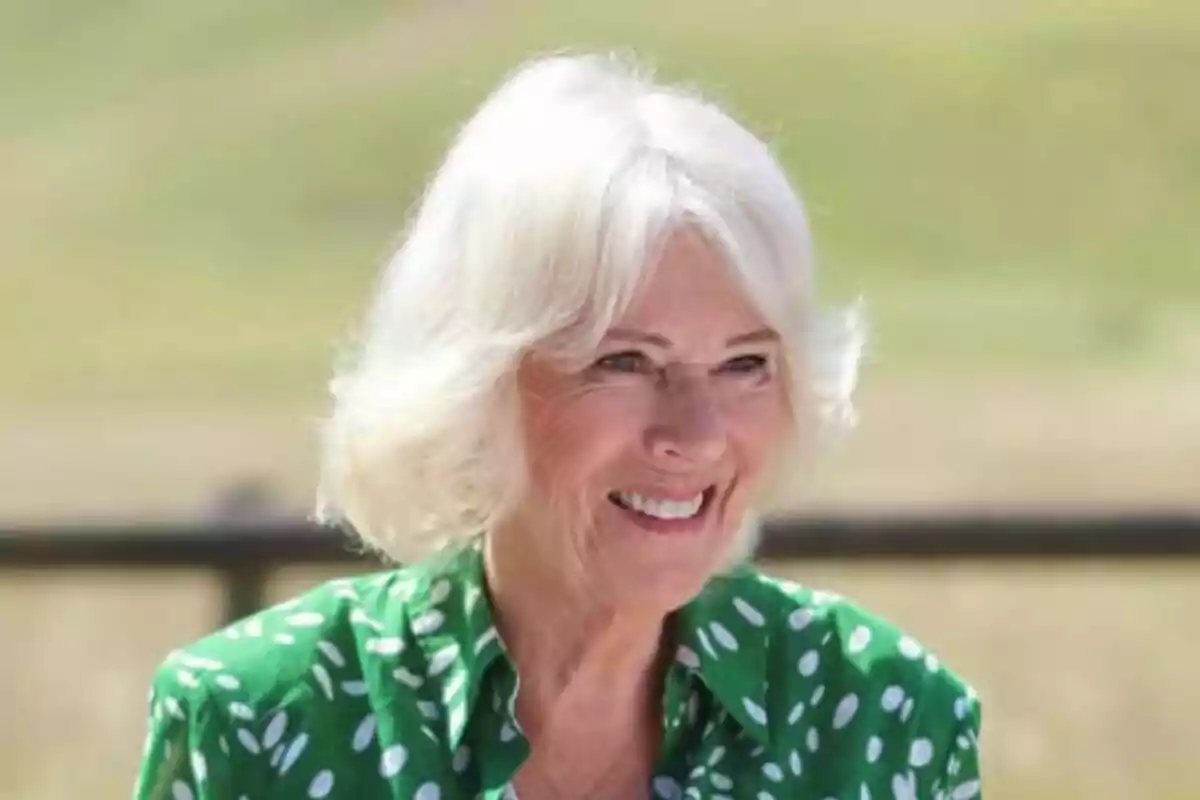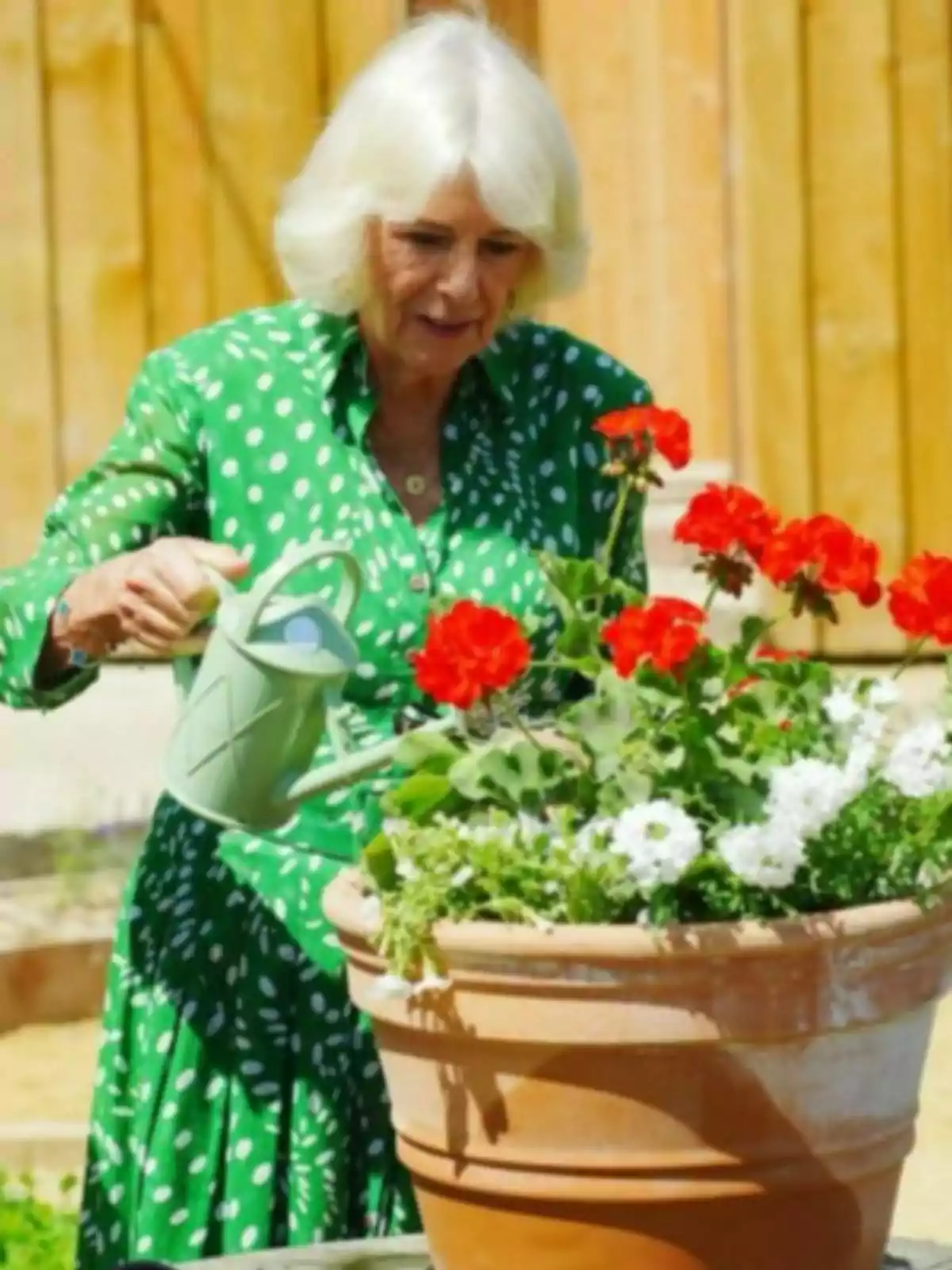In recent days, the name Camilla Parker has echoed strongly in the British press, not because of protocol matters. The queen of England has been forced to give an explanation about an unexpected issue affecting the historic Sandringham residence, a landmark for the Royal Family. Although many people expected a solemn revelation, the truth is that the reason has surprised everyone due to its unexpected and everyday nature.
The situation hasn't gone unnoticed by visitors to the royal property in Norfolk, who encountered warnings on site. All of this has increased speculation, until the queen broke the silence and provided details at a public event. What mystery was really behind this iconic residence?

Camilla Parker clarifies the mystery about the wasp infestation at Sandringham
Sandringham has always been surrounded by a certain mystique, as it is the Windsor family's private retreat during winters and special holidays. This property hasn't caused rumors for the first time: from stories about King Charles III's privacy to speculation about construction and renovations. In this case, however, the buzz arose from visitors who noticed warning signs on the grounds.
On August 18, signs were posted at the entrance alerting tourists to an unusual phenomenon: "We inform you that wasp activity is high in this area." That raised questions about the magnitude of the problem and led some to interpret that there was a more serious issue. Only an authoritative voice was needed to clear up any doubts, and that was Camilla Parker's.
The queen of England finally revealed that the mystery at Sandringham wasn't related to renovations or political decisions. Camilla Parker explained that the royal residence in Norfolk is facing a very mundane problem: "a swarm of wasps." Her words surprised people because of the simplicity of the matter, but also because of the impact it has had on the palace's routine.

During the Ebor Festival horse races in York, Camilla confessed that the infestation had become a "terrible" nuisance. According to her account, pest control experts were called in to reduce the presence of wasps, which had proliferated in Sandringham's gardens and entrances. She also acknowledged that the problem had reached such a scale that it was necessary to warn tourists with visible signs around the area.
The queen's explanation brought calm, but also humanized the situation by showing that even a royal residence isn't exempt from everyday problems. A beekeeper dressed in protective gear was seen on the grounds, confirming that serious measures had been taken to control the situation. With this revelation, Camilla Parker dispelled weeks of speculation and turned the mystery into a curious real-life anecdote.
Camilla Parker's love for beekeeping
Camilla's sincerity when talking about the wasps is partly explained by her own hobby. The queen of England is passionate about beekeeping and confessed in York that she had also faced difficulties at her private home in Wiltshire. Bees have been causing her problems because of the way they form swarms.
Camilla produces her own honey at Ray Mill House, where she keeps beehives that have given her more than one anecdote. The jars of this honey even reach Fortnum & Mason, one of London's most iconic stores, and the sales are also destined for charitable causes. This isn't a superficial pastime, but a personal commitment to nature and sustainability, something she shares with King Charles III.

In fact, Charles III keeps 30 beehives at Highgrove House, his private residence, as well as other swarms at Clarence House and Buckingham Palace. The "royal garden honey" produced by these bees is also sold, showing how the monarchs' passion has transcended into their public life.
The queen of England, Camilla Parker, naturally solved the mystery surrounding Sandringham by confirming that it was all due to a wasp infestation. Her confession, far from being trivial, showed warmth and reinforced her role as a nature and beekeeping lover. With a gesture as simple as it was sincere, she showed that even in royalty, everyday problems can become the protagonists of social chronicles.

